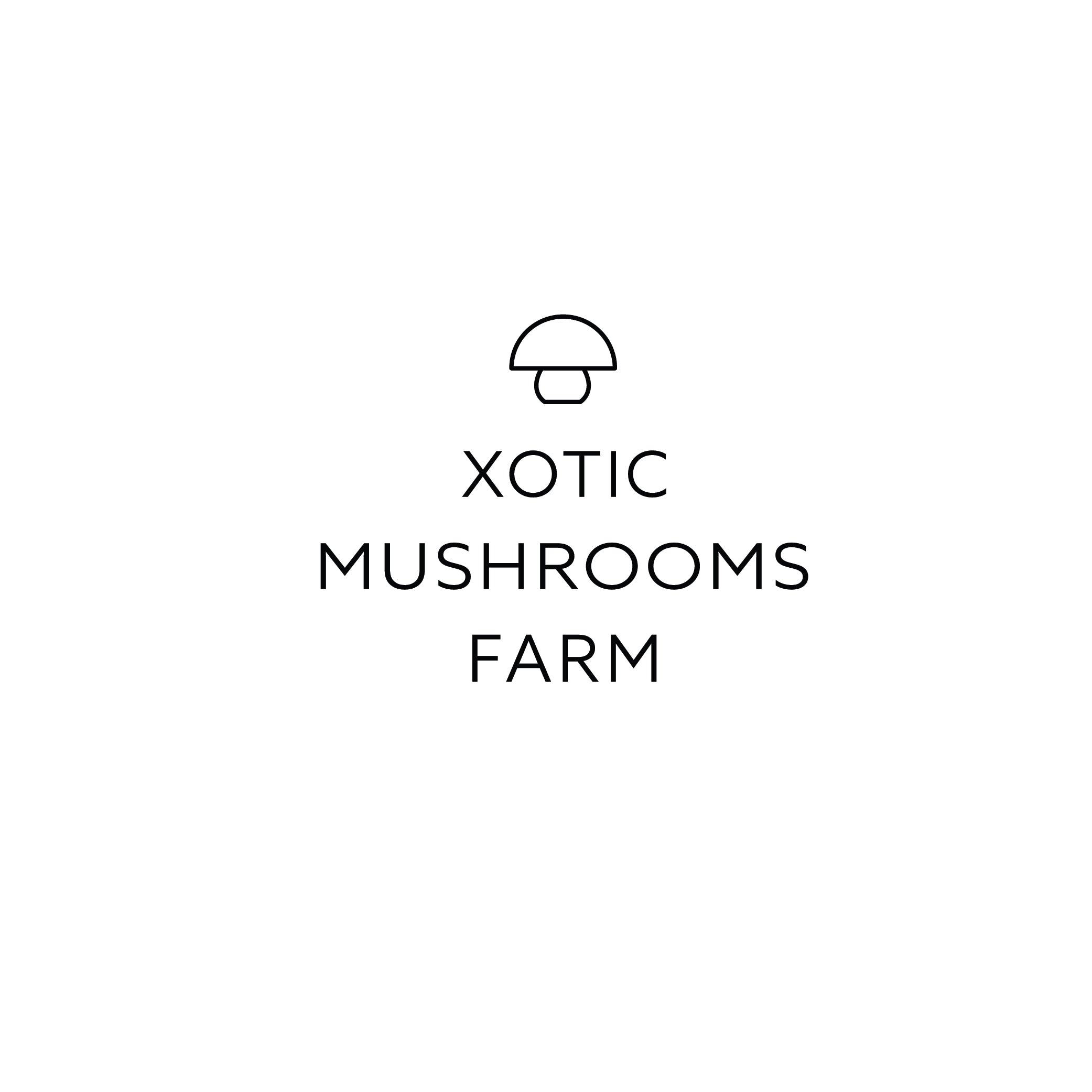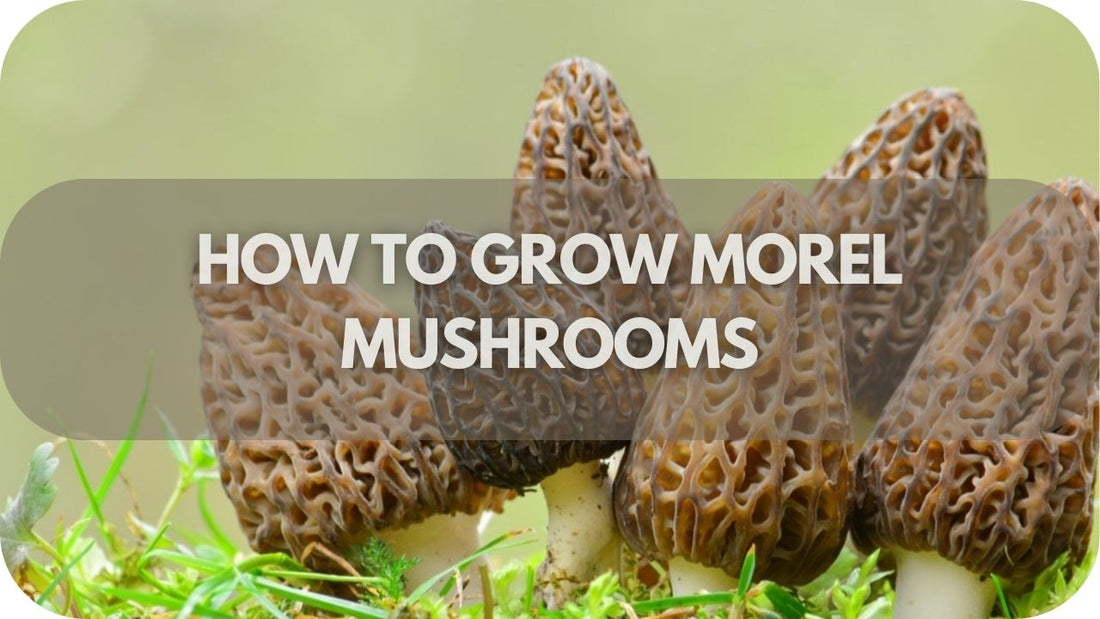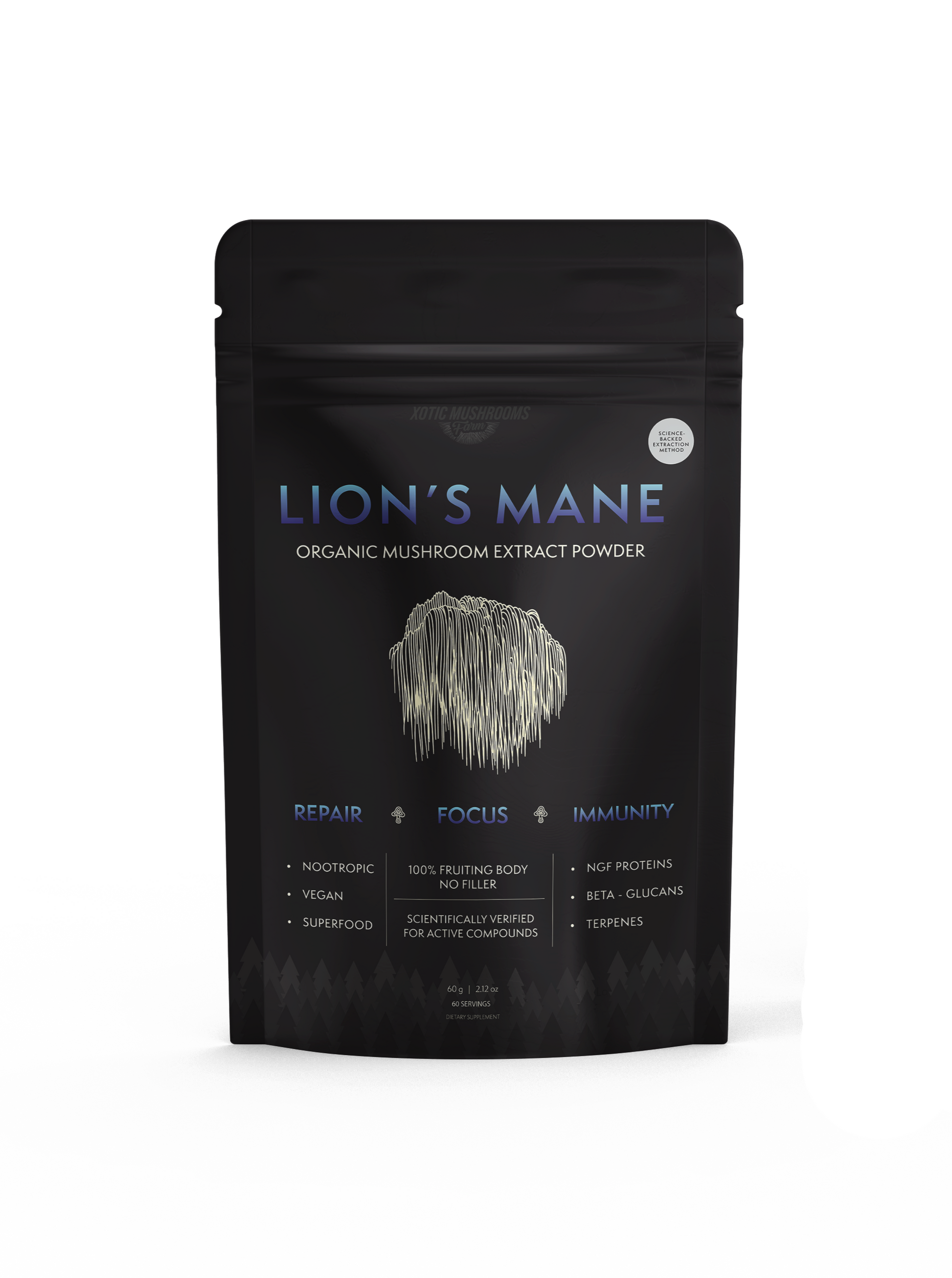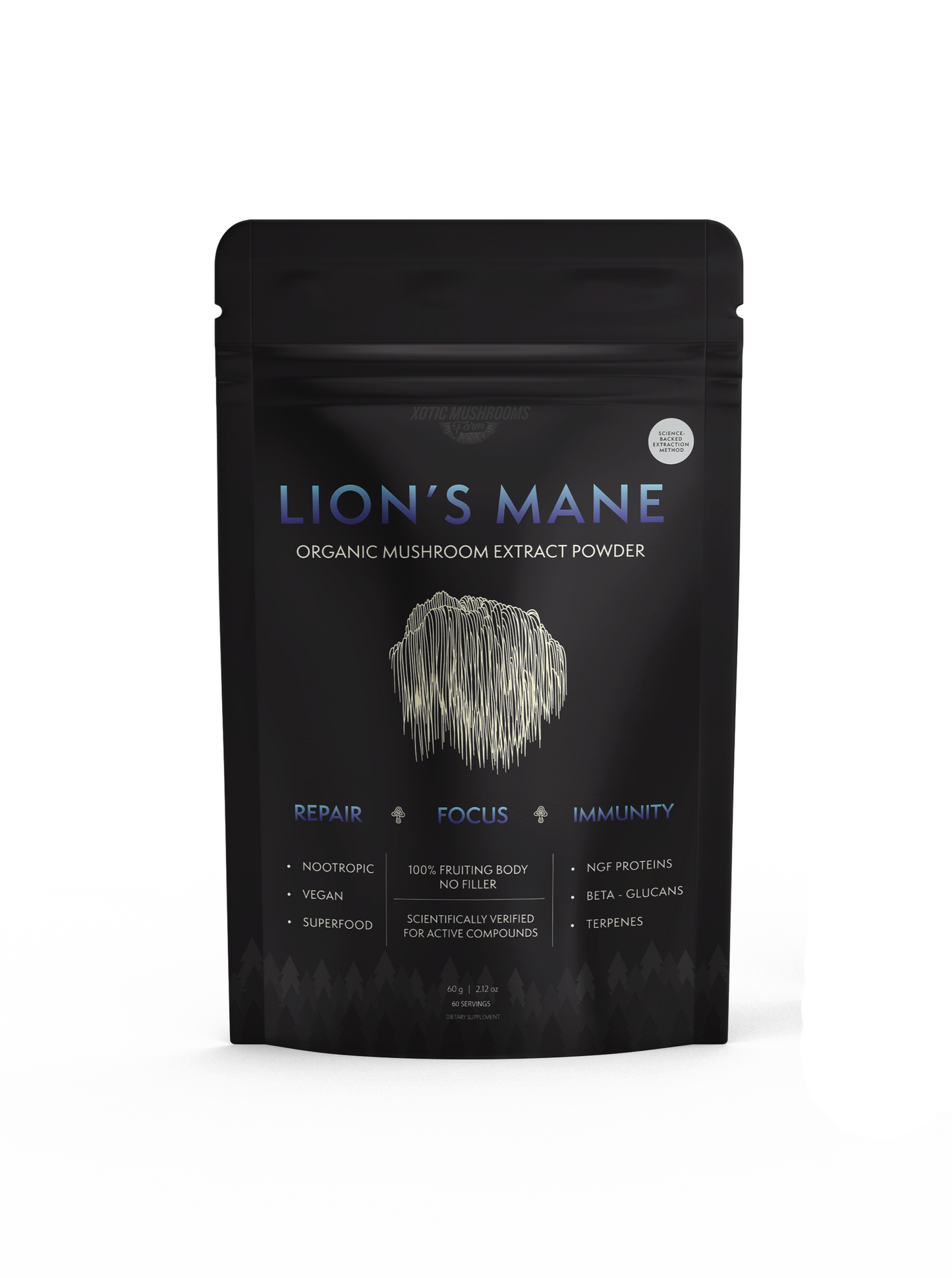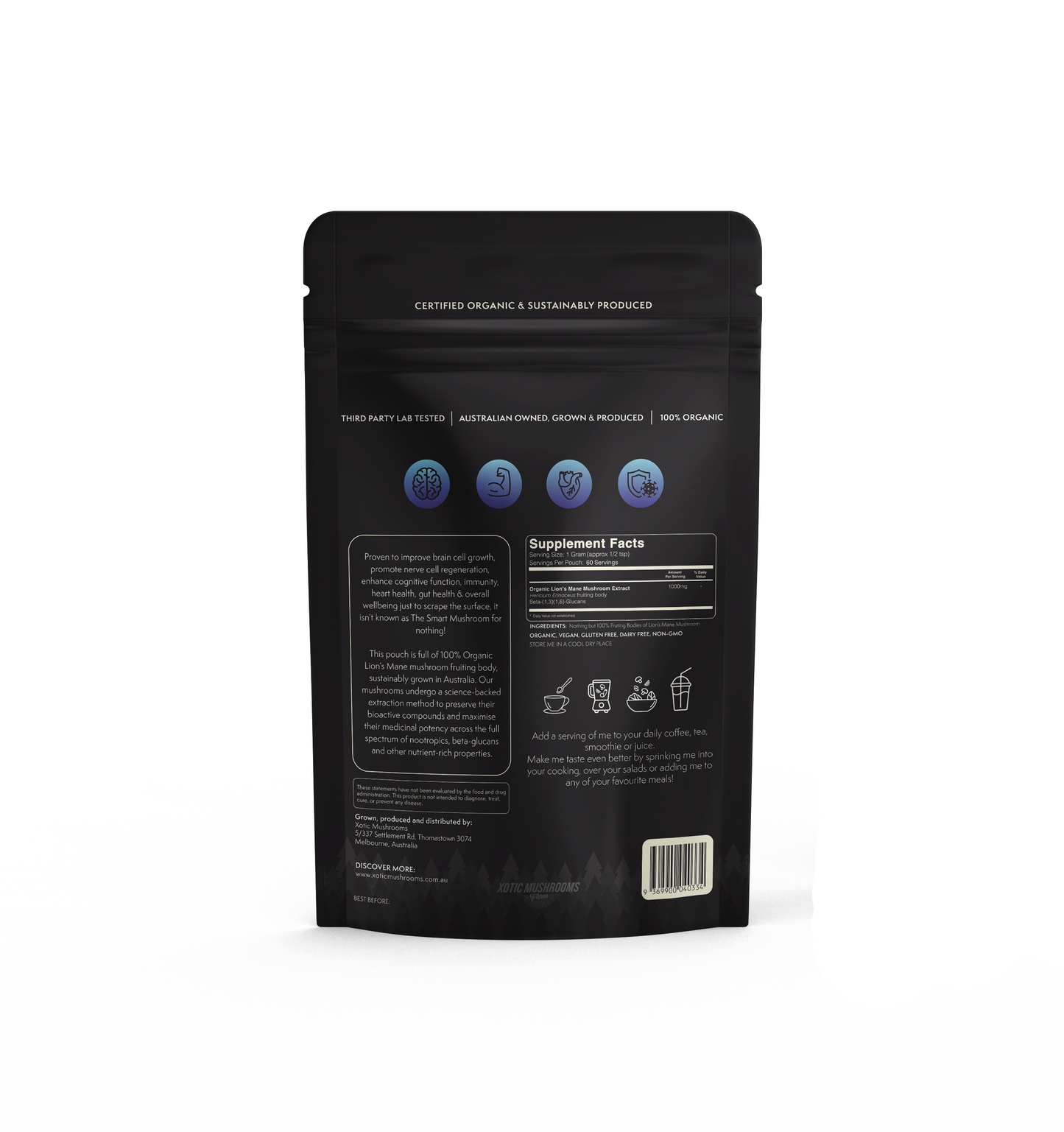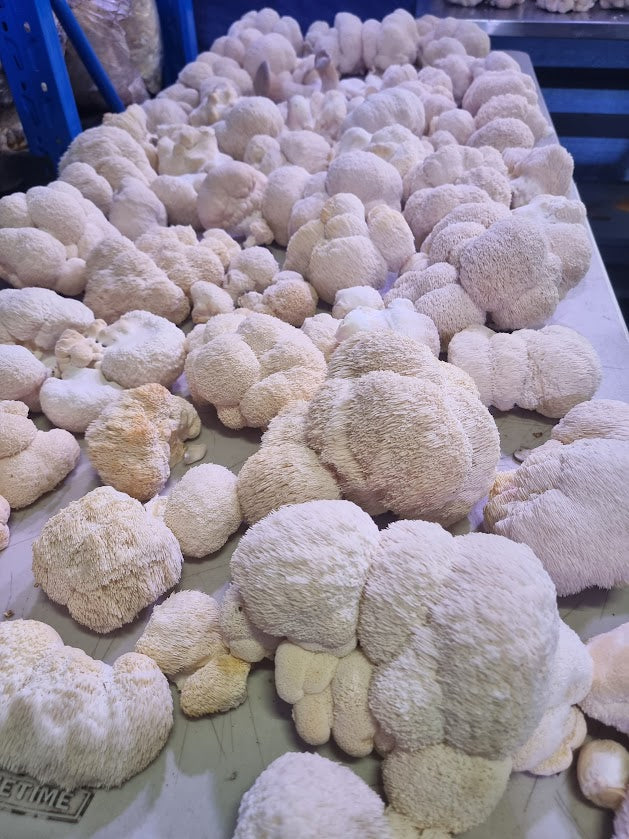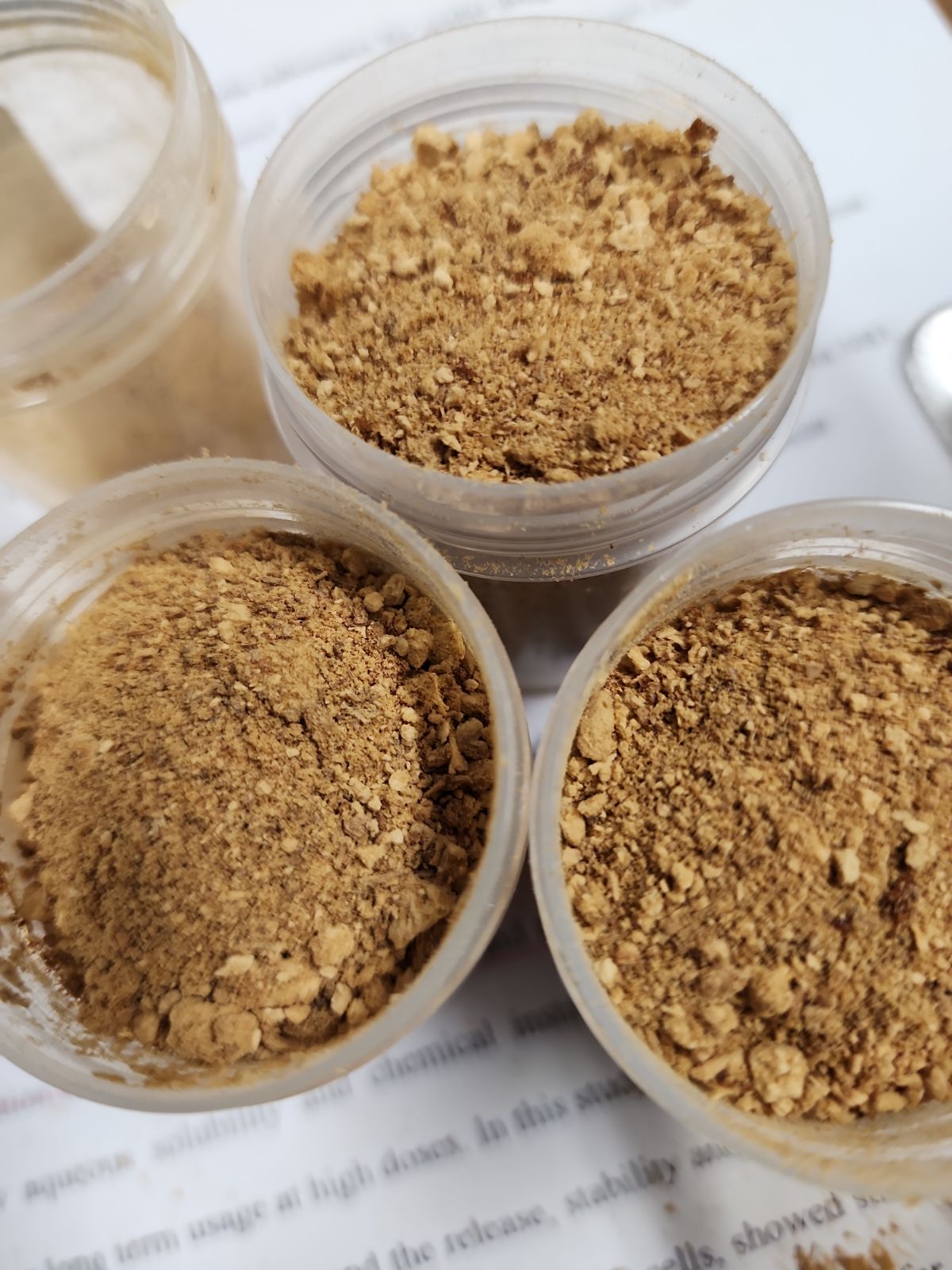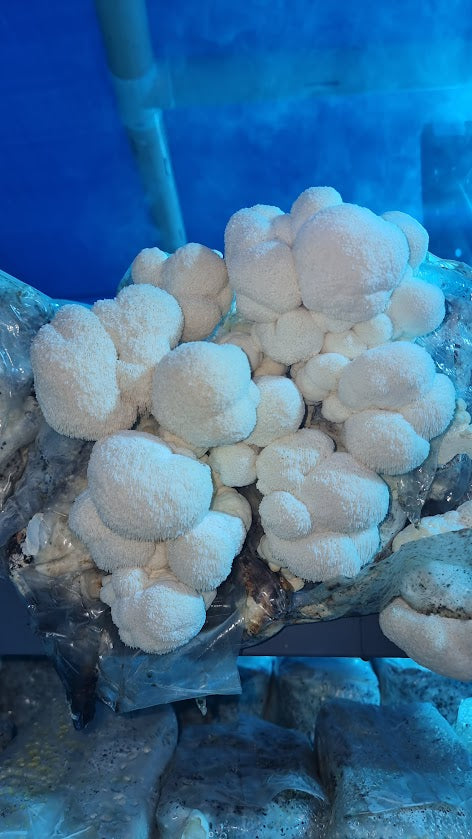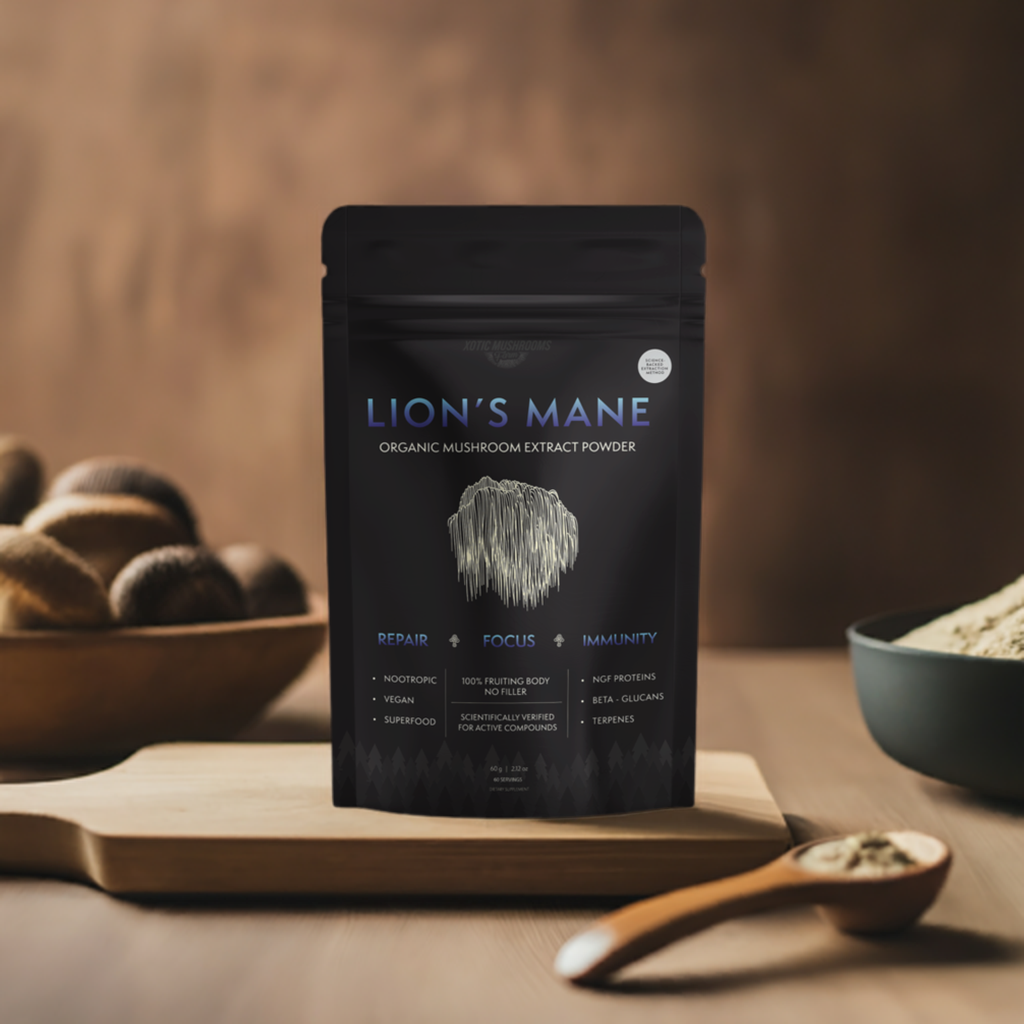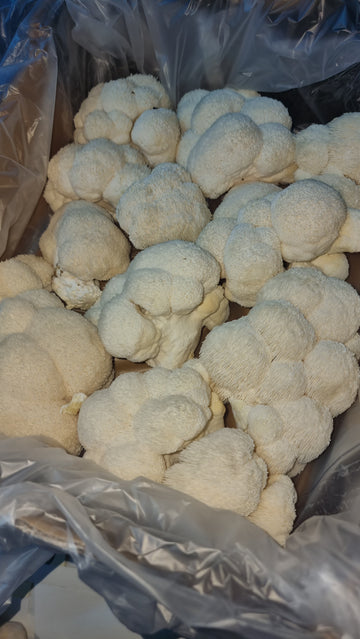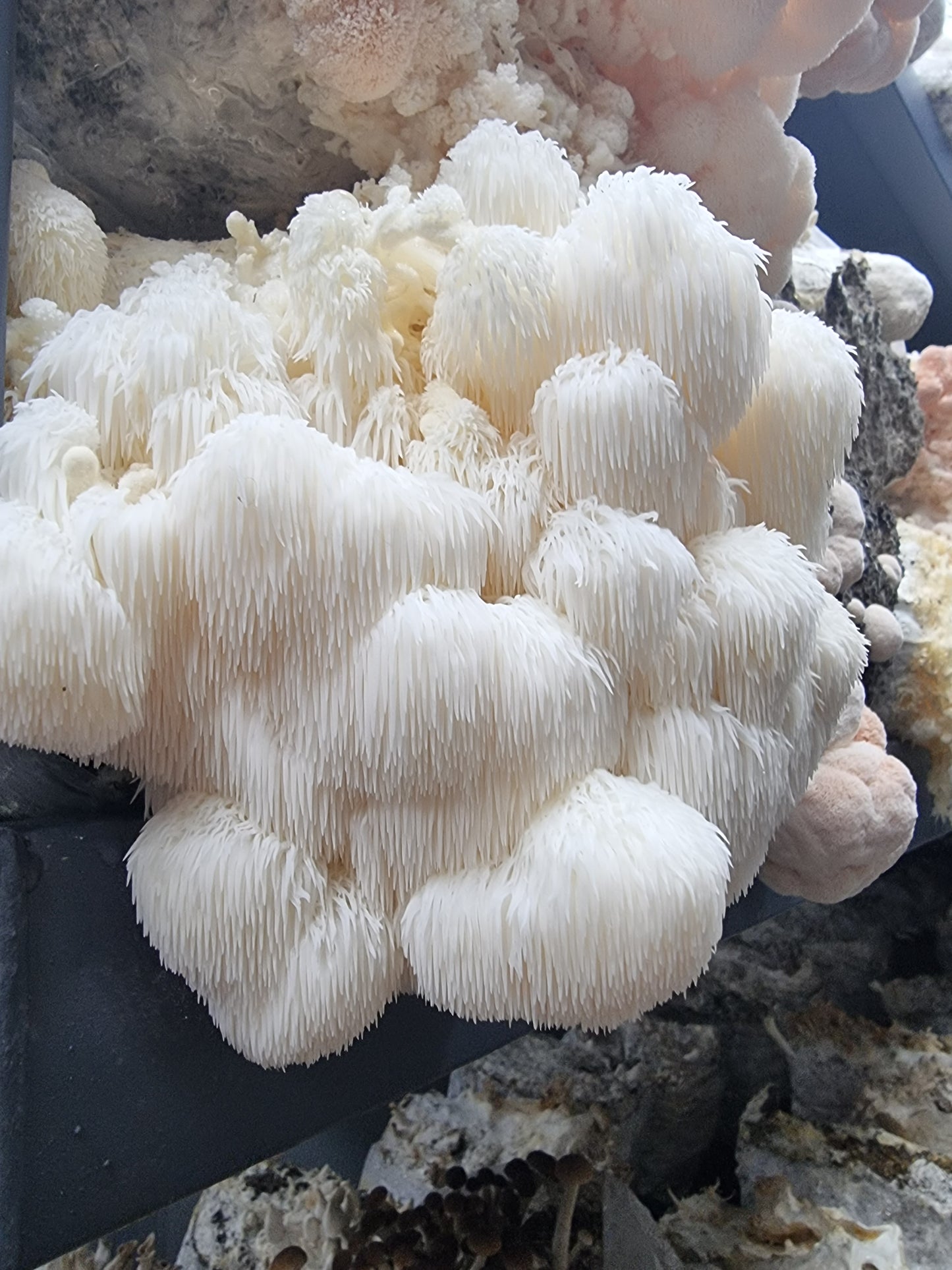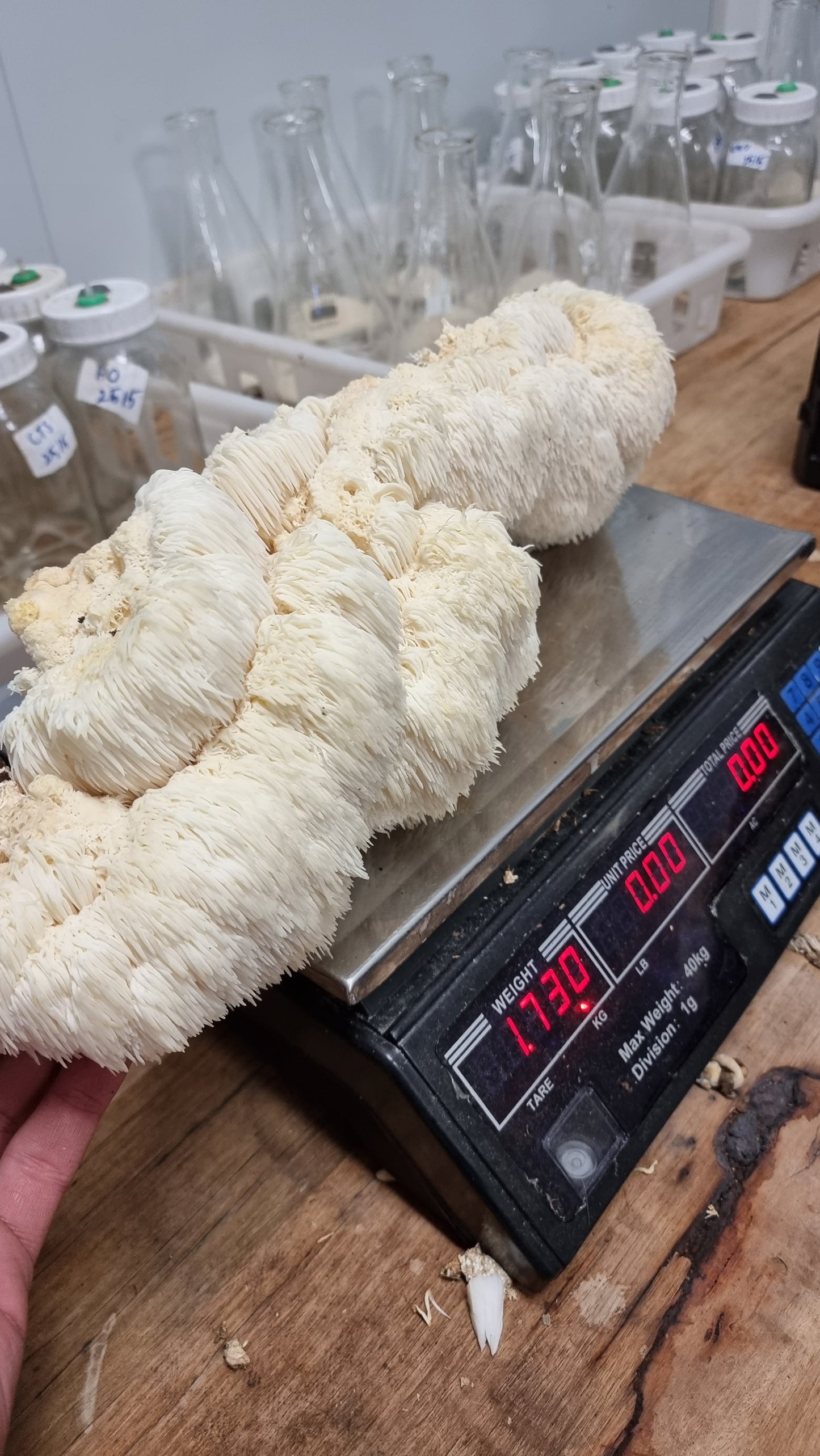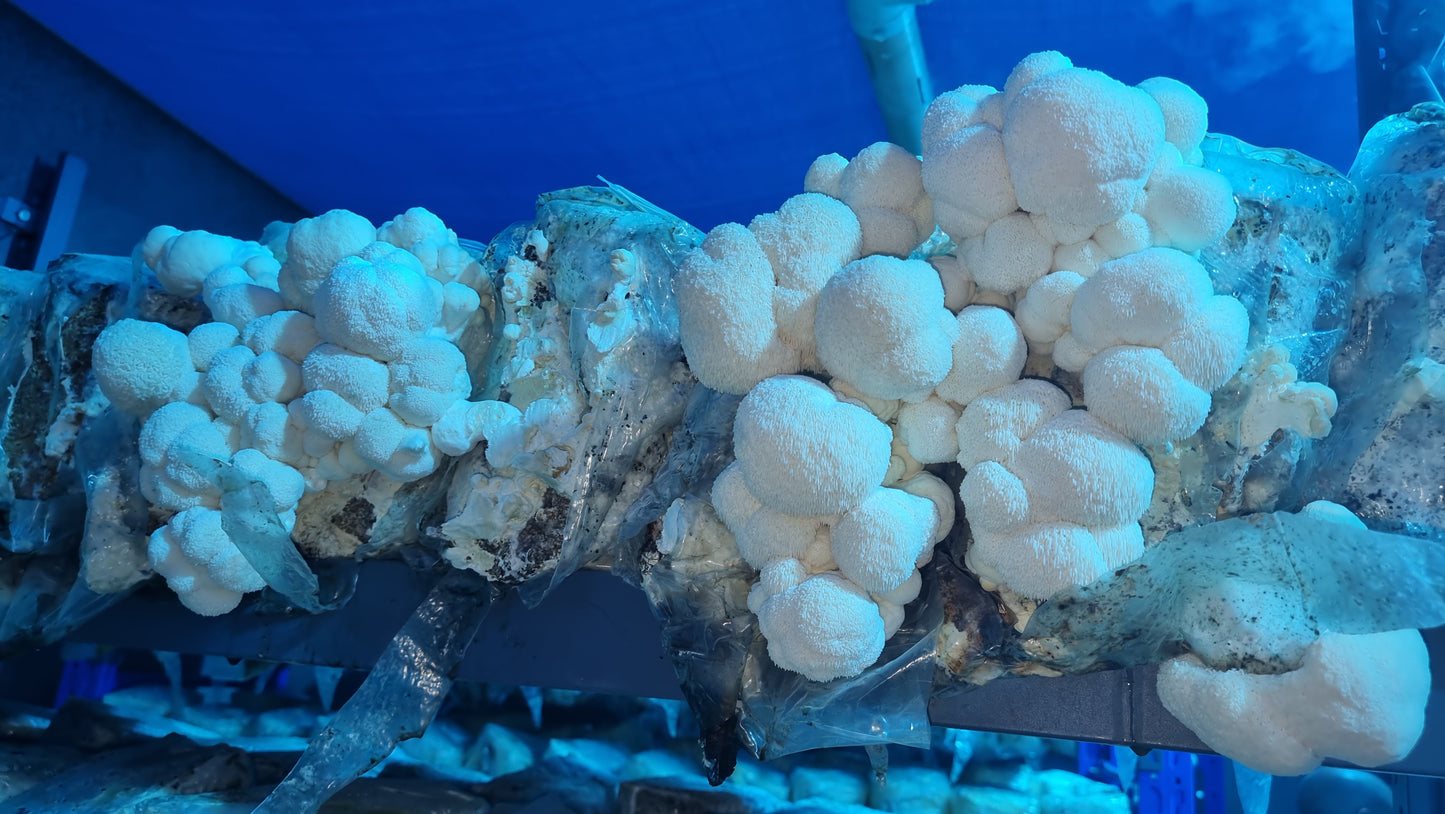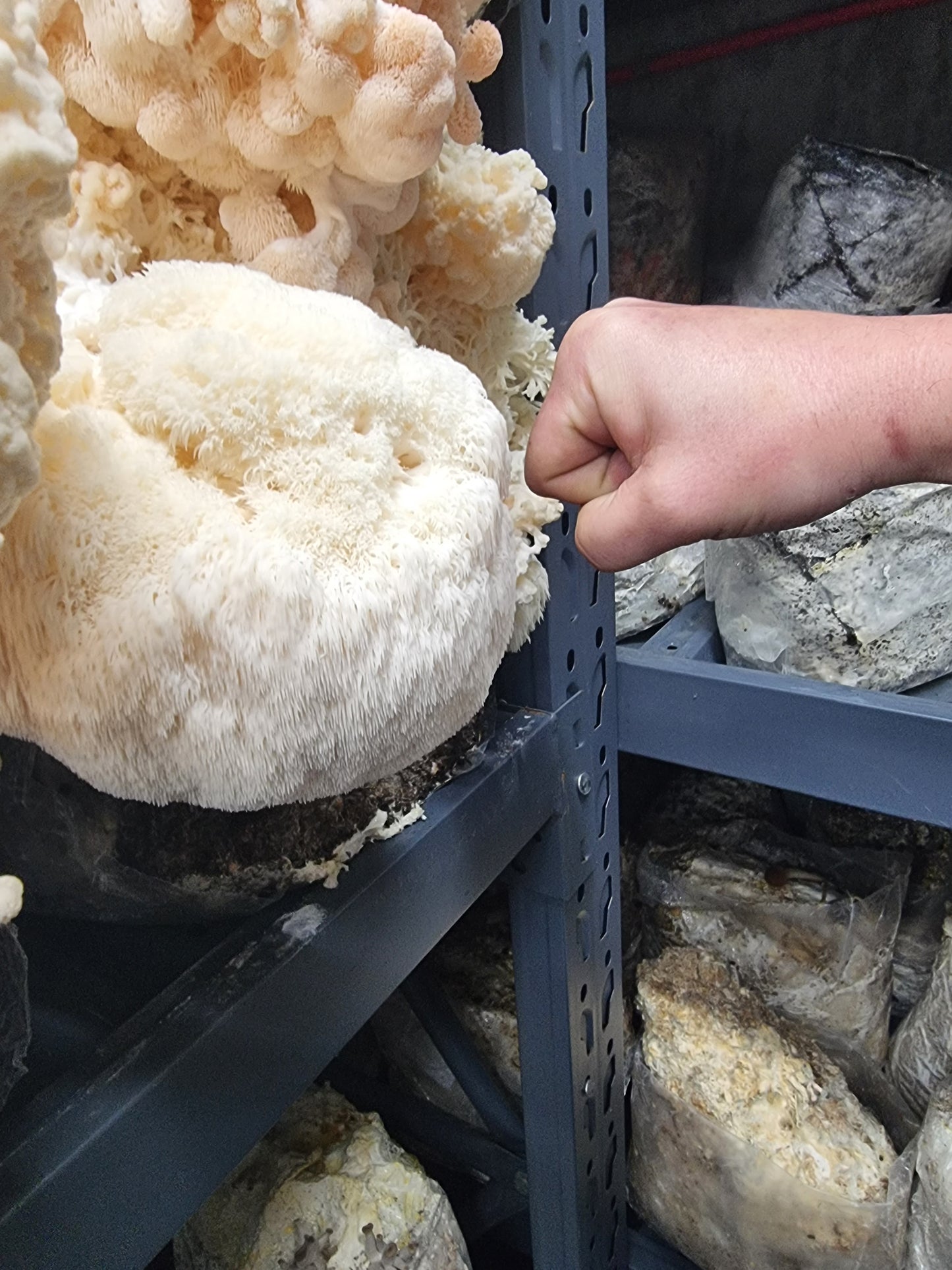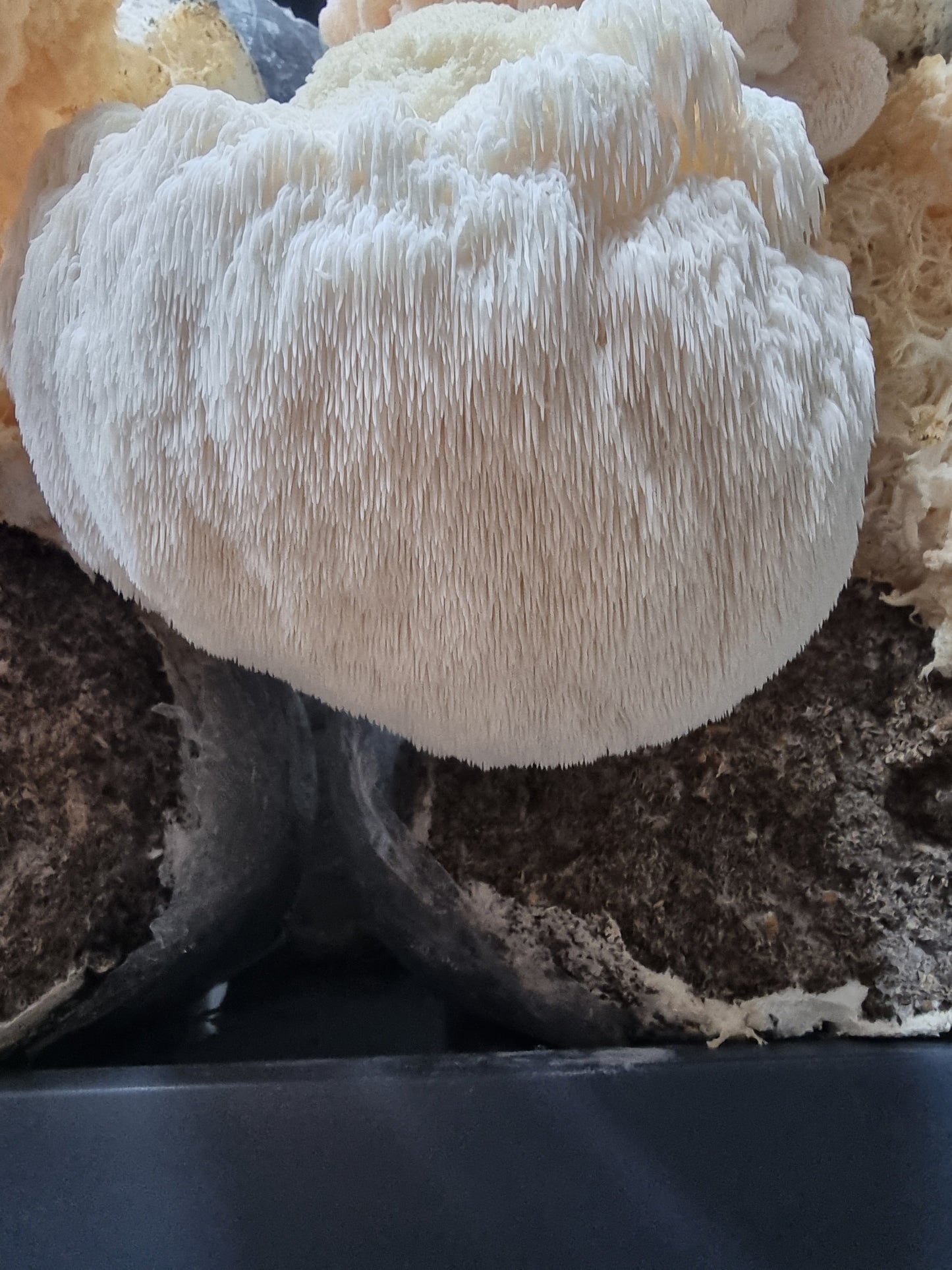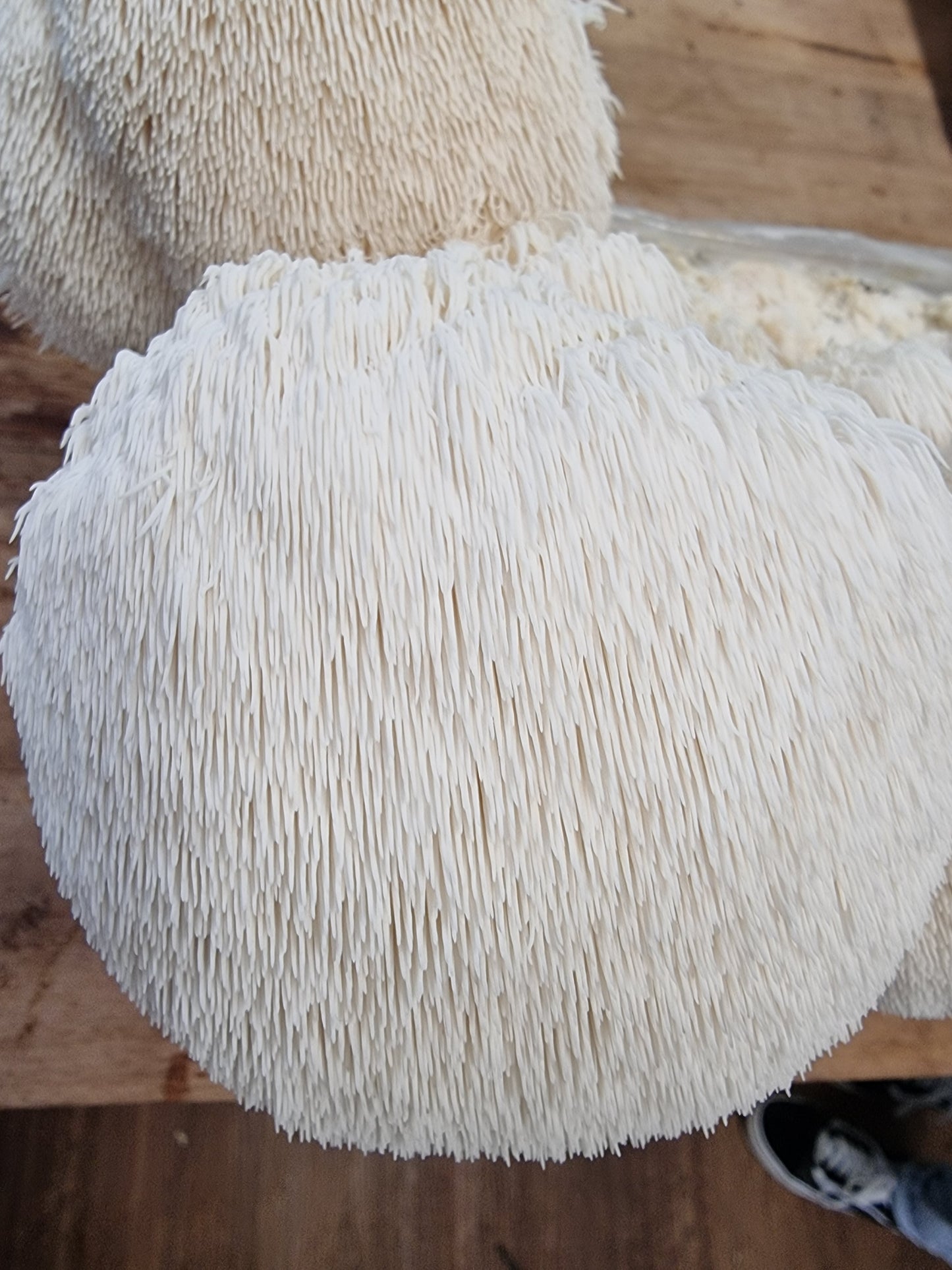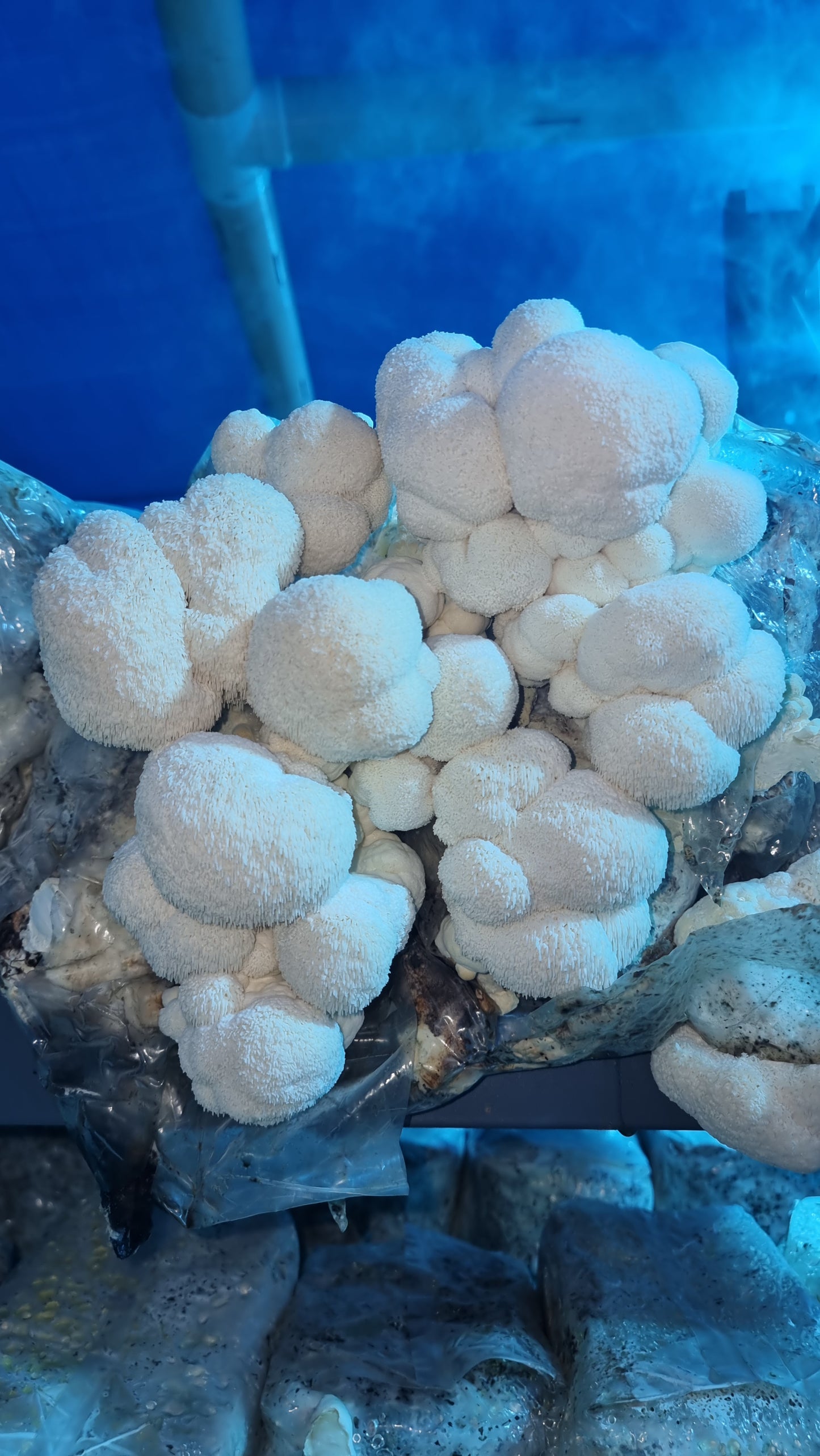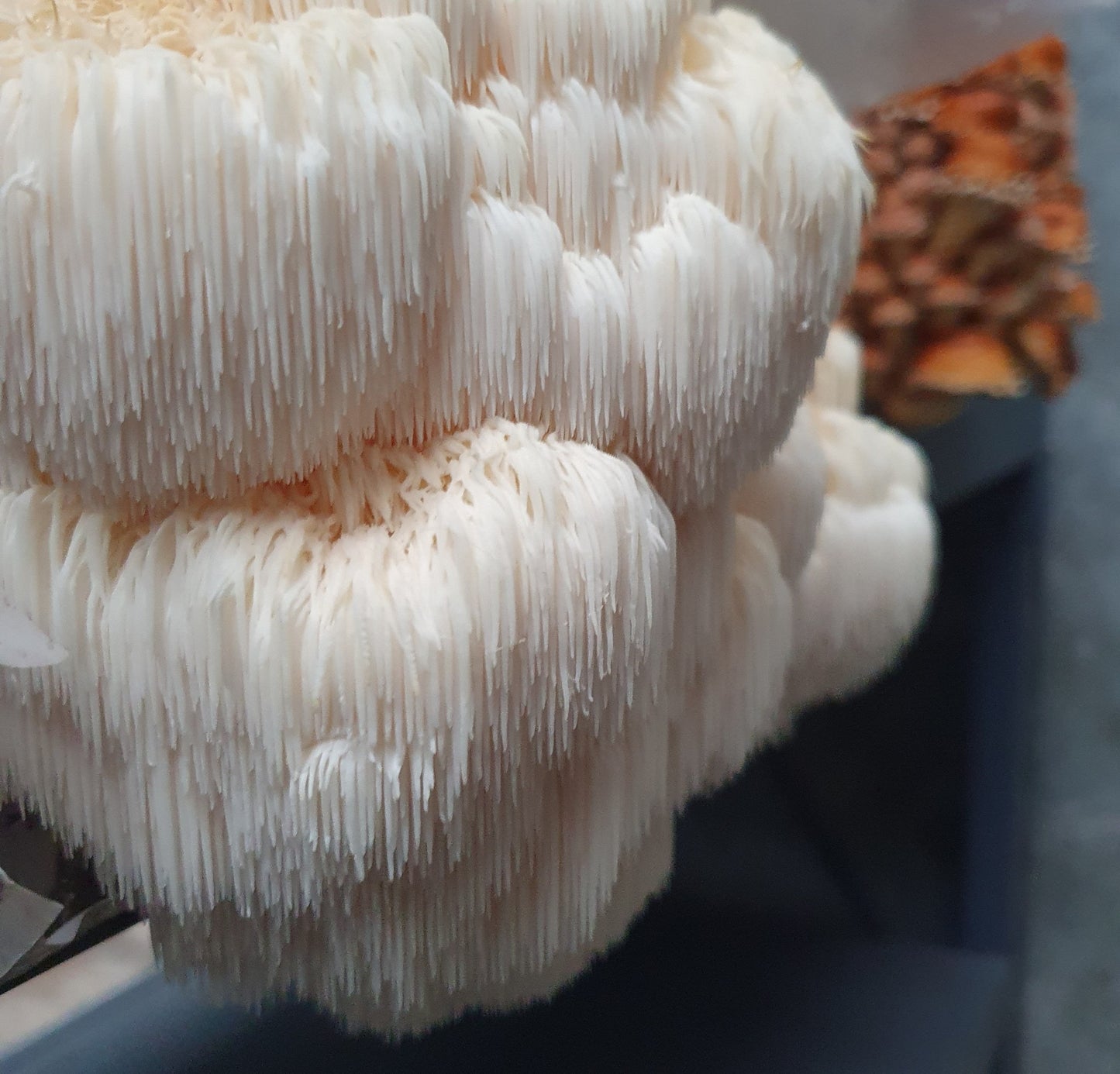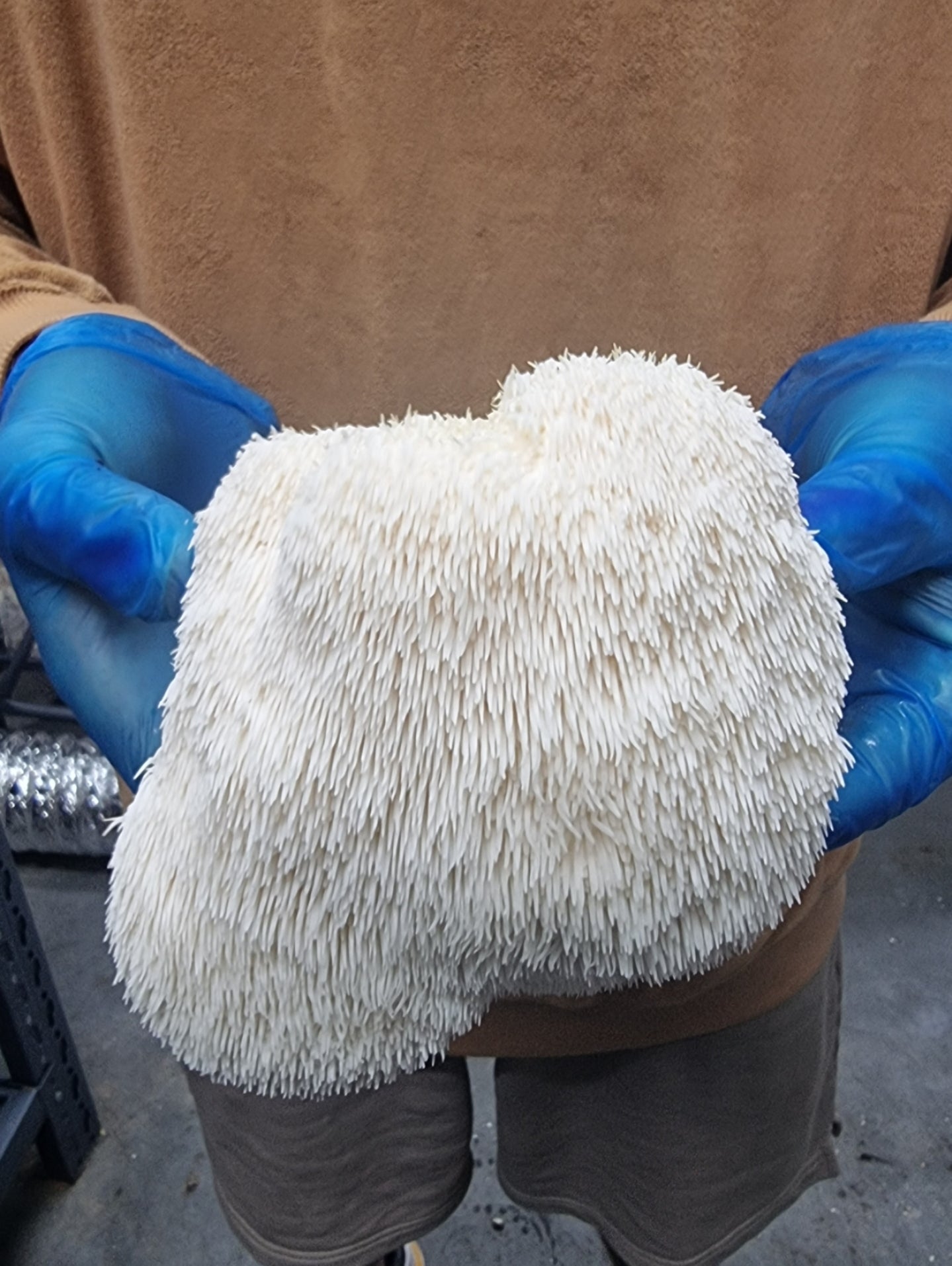Growing morel mushrooms can be daunting for even the most seasoned gardeners.
These elusive fungi are notoriously picky, requiring precise conditions to thrive, which frustrates many with failed attempts.
But with the right approach and a clear understanding of their needs, you can cultivate morel mushrooms at home. This guide will walk you through each step, ensuring you’re well-equipped to turn your garden into a haven for these prized mushrooms.
1. Preparing to Grow Morel Mushrooms
Before starting the cultivation process, preparation is key to growing morel mushrooms successfully.
Begin by selecting a suitable location. Morels prefer shaded areas with well-drained, loamy soil rich in organic matter. If your garden soil lacks these qualities, amend it with compost or well-rotted manure to boost its nutrient content and drainage capabilities.
Next, ensure the soil pH is slightly acidic, ideally between 6.0 and 7.0. Use a simple soil test kit, available at most garden centres, to measure the pH. If adjustments are needed, sulphur can lower the pH, while lime can raise it.
Maintaining consistent moisture is crucial for morel growth. Water the area regularly, but avoid waterlogging. Installing a soaker hose or drip irrigation system helps maintain proper moisture levels without disturbing the delicate mycelium.
Lastly, source high-quality morel spores or spawn from a reputable supplier. This ensures you’re starting with viable, disease-free material. With these preparations, you’ll be on the path to a rewarding morel harvest.
2. Step-by-Step Process for Growing Morels

Growing morel mushrooms successfully is all about understanding the process and paying close attention to the details.
Below is how to guide your morels from spores to a bountiful harvest:
- Select the Growing Area: Choose a shaded, outdoor spot with well-drained soil rich in organic matter, or set up a container with a mix of soil, compost, and sawdust for indoor growing.
- Inoculate the Soil: Mix morel spores or spawn with a carrier such as sawdust. Evenly spread this mixture over the prepared soil or container, and gently rake it in to ensure the spores come into contact with the soil.
- Watering: Keep the soil consistently moist, but avoid waterlogging. Use gentle watering techniques to maintain moisture, especially in outdoor setups.
- Humidity and Temperature: For indoor growing, maintain humidity levels of 60-80% and keep temperatures around 15-21°C. Ensure the area is shaded and cool.
- Apply a Casing Layer: Add a thin layer of compost or leaf mould on top of the inoculated soil to help retain moisture and provide nutrients.
- Monitor Growth: Check the soil regularly for any signs of growth, which can take several weeks. Keep the area cool, damp, and shaded for optimal results.
- Harvesting: When morels grow, ensure the growing environment remains favourable to support healthy mushroom development.
3. Indoor Growing of Morel Mushrooms

Growing morel mushrooms indoors requires careful environmental control, but it offers the advantage of year-round cultivation.
Start by selecting a large container or grow bed filled with nutrient-rich soil, compost, and sawdust. Ensure the container has drainage holes to prevent waterlogging, as morels thrive in moist but well-drained conditions.
Inoculate the soil with morel spawn, ensuring an even spread across the surface. Lightly rake the top layer to incorporate the spawn, but do not bury it deeply. Maintaining consistent moisture is critical—use a fine mist spray or drip irrigation to keep the soil damp without oversaturation.
For optimal growth, regulate the temperature between 15°C and 20°C and maintain humidity levels between 60-80%. Place the container in a shaded area or use grow lights to simulate low light conditions, as morels prefer indirect sunlight. Patience is key, as it can take several months for sclerotia to form and morels to fruit.
Once conditions are ideal, typically in spring-like temperatures, morels will emerge. When harvesting, cut the mushrooms carefully at the base to preserve the mycelium for future growth.
4. Caring for Your Morel Mushroom Patch

Proper care is essential to maintain a healthy morel mushroom patch and maximise your harvest. Once your morel mushrooms begin to grow, monitoring the patch closely is necessary to provide the best conditions for continued growth.
Morels need a consistently moist environment, so regular watering is crucial. Use a gentle mist or drip irrigation system to keep the soil damp without overwatering, which can lead to rot.
Pests like slugs and snails can damage your morel mushrooms, so consider using natural deterrents like crushed eggshells or copper tape around the patch to keep these pests at bay.
Additionally, avoid disturbing the soil once the mushrooms appear, as stepping on or disrupting the area can damage the delicate mycelium network beneath the surface.
It’s also essential to monitor your patch for signs of disease. Fungal diseases can affect morel mushrooms, so look for any unusual spots or discolouration. If you notice any affected mushrooms, remove them promptly to prevent the spread of disease.
With careful attention and proper maintenance, your morel mushroom patch will thrive, providing you with a steady supply of these coveted fungi season after season.
5. Varieties of Morel Mushrooms

Morel mushrooms are not just a single variety; they come in several distinct types, each with unique characteristics. Understanding these varieties can help you identify and cultivate your desires more.
- Black Morels (Morchella elata): These are among the most commonly found morels characterised by their dark, ridged caps. Black morels grow in areas recently affected by fire, known as "burn sites," and are typically the first to appear in the season.
- Yellow Morels (Morchella esculenta): Also known as the "true morel," their lighter, honeycomb-like caps quickly identify yellow morels. They are often found in hardwood forests near ash, elm, or apple trees. Yellow morels are known for their delicate flavour and are a favourite among foragers.
- Half-Free Morels (Morchella semilibera): These morels are unique in that only half of the cap is attached to the stem, giving them a distinct appearance. They are usually smaller and can be found in moist, wooded areas. Although less common, they are still highly sought after by morel enthusiasts.
6. Harvesting Morel Mushrooms

Harvesting morel mushrooms is a rewarding process, but timing is everything. Morels should be harvested when they reach maturity, typically when the caps are fully developed and the edges loosen slightly from the stem. This stage usually occurs in spring, depending on the environmental conditions, such as temperature and moisture levels.
To harvest, gently twist or cut the mushroom at the base using a sharp knife. Avoid pulling or yanking the mushroom, as this can damage the mycelium network beneath the soil, potentially affecting future harvests.
It’s best to collect morels in a mesh or breathable container. This spreads spores as you move through the patch, promoting future growth.
After harvesting, morels should be cleaned and dried promptly. They can be stored in the refrigerator for a few days, but for more extended storage, consider drying them or freezing them after a brief sauté.
Regularly checking your patch during the growing season will help ensure you harvest morels at their peak, maximising the quantity and quality of your yield. With the proper technique, you can enjoy a successful harvest year after year.
7. Troubleshooting Common Issues

Even with careful planning, you might face a few hurdles while growing morel mushrooms.
Below is a breakdown of common issues and how to overcome them:
- Improper environmental conditions often cause a lack of fruiting. Ensure the soil is well-drained and rich in organic matter, and maintain consistent moisture levels without overwatering.
- Improper soil pH: Morels prefers slightly acidic soil with a pH between 6.0 and 7.0. Use a soil test kit to check the pH and adjust with lime or sulphur.
- Inconsistent temperatures: Morels require stable temperatures between 15°C and 20°C. Sudden drops or increases can disrupt fruiting. Consider using mulch to insulate the soil and maintain consistent temperatures.
- Contamination by competing fungi or bacteria can happen if the growing area isn't adequately sterilised or the humidity is too high. To prevent contamination, keep the soil and tools clean and ensure good air circulation in the growing area. Remove any affected areas immediately if contamination occurs.
- Pests like slugs and snails are attracted to the moist environment that morels prefer. To keep them at bay, use natural deterrents, such as crushed eggshells or copper tape around the growing area.
- Overwatering: Excess moisture can lead to root rot or mould growth. Ensure your soil is well-drained; only water maintains consistent moisture levels without saturating the soil.
8. Culinary Uses and Nutritional Benefits of Morels
Morel mushrooms are more than just a gourmet delicacy. Whether enhancing a creamy sauce or boosting your immune system, morels bring taste and health benefits. Curious about how these mushrooms can elevate your cooking and well-being? Read on to explore their culinary versatility and impressive nutritional profile.
Culinary Uses of Morel Mushrooms
Morel mushrooms are treasured for their earthy, nutty flavour and unique texture, making them a versatile ingredient in many gourmet recipes. Their porous, honeycomb structure allows them to absorb sauces and seasonings beautifully, enhancing any dish.
Popularly sautéed in butter with garlic and herbs, they are often paired with cream-based sauces or white wine, making them a luxurious addition to pasta, risottos, or even toast.
Morels complement meats like chicken, steak, or seafood, and their meaty texture allows them to shine in vegetarian dishes. From soups and stews to gratins and pizzas, the culinary possibilities with morels are endless, delivering depth and complexity to your meals.
Nutritional Benefits of Morels
Morel mushrooms are a culinary delicacy and a rich source of nutrients. They are packed with essential vitamins and minerals, including vitamins D and B, which support bone health and energy production.
Morels are high in antioxidants that help protect the body from oxidative stress and inflammation, reducing the risk of chronic diseases. Their fibre content aids digestion, while minerals such as iron, potassium, and copper contribute to healthy blood circulation and immune support.
Conclusion
Mastering the art of growing morel mushrooms may take patience, but the reward is well worth the effort. With careful attention to detail, you can enjoy a bountiful harvest of these prized fungi.
Ready to start your morel mushroom patch? Begin today and experience the satisfaction of cultivating your gourmet mushrooms at home.
